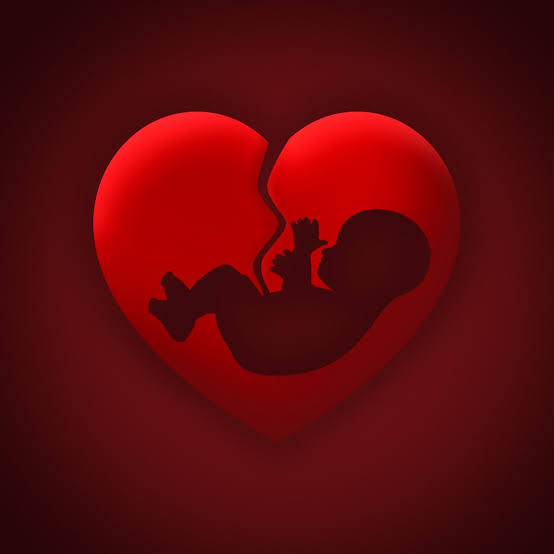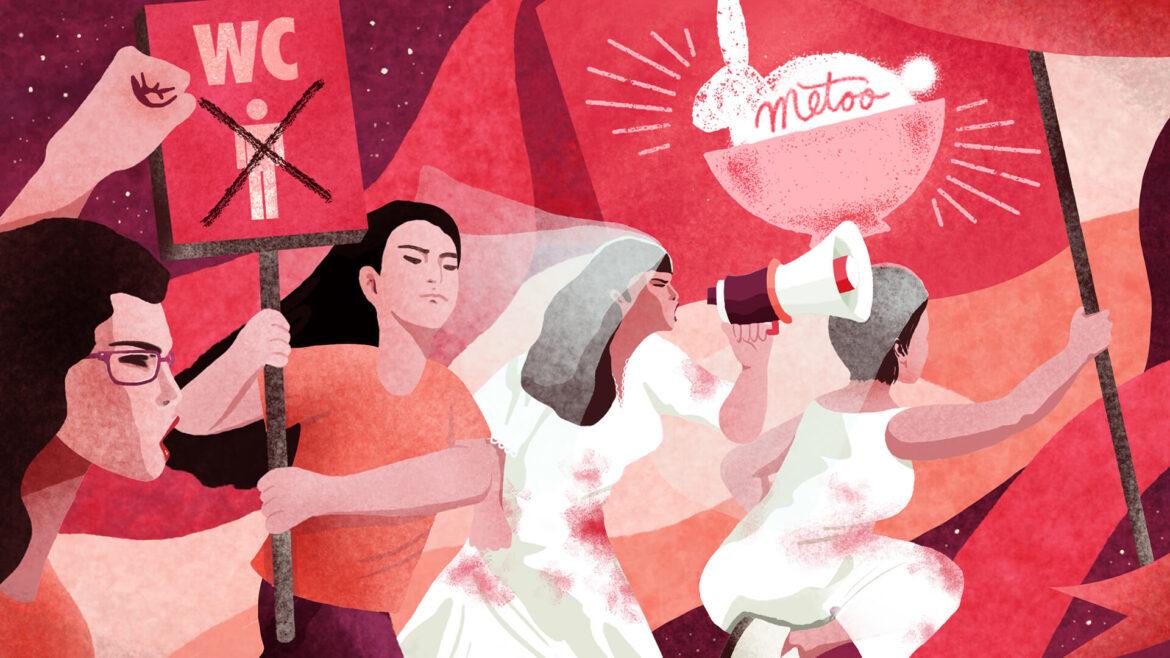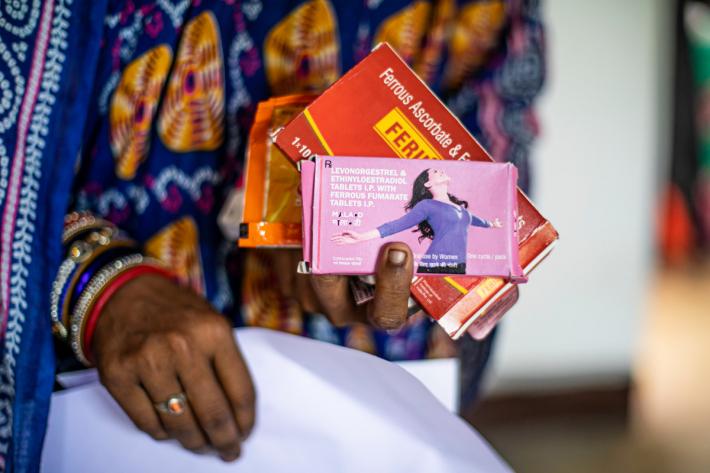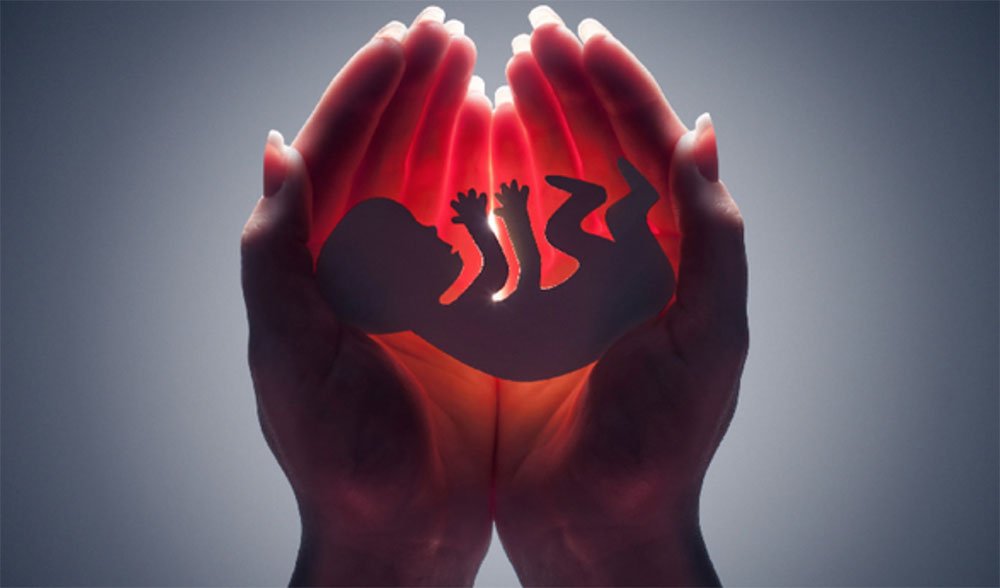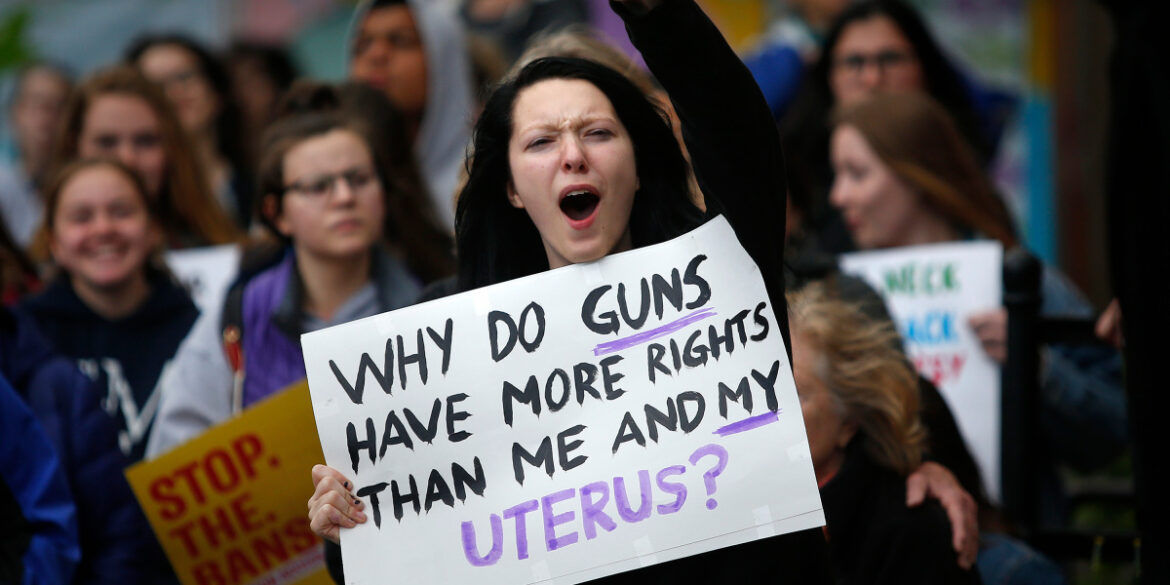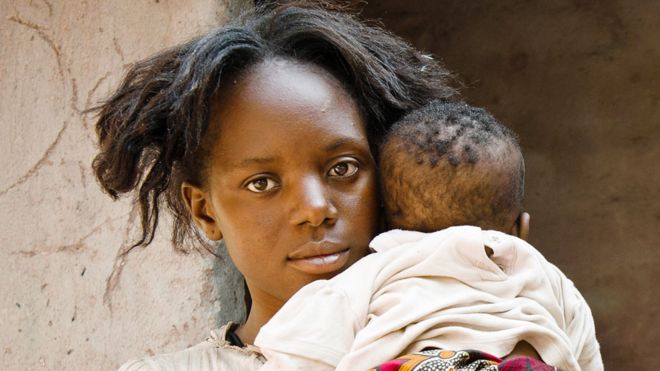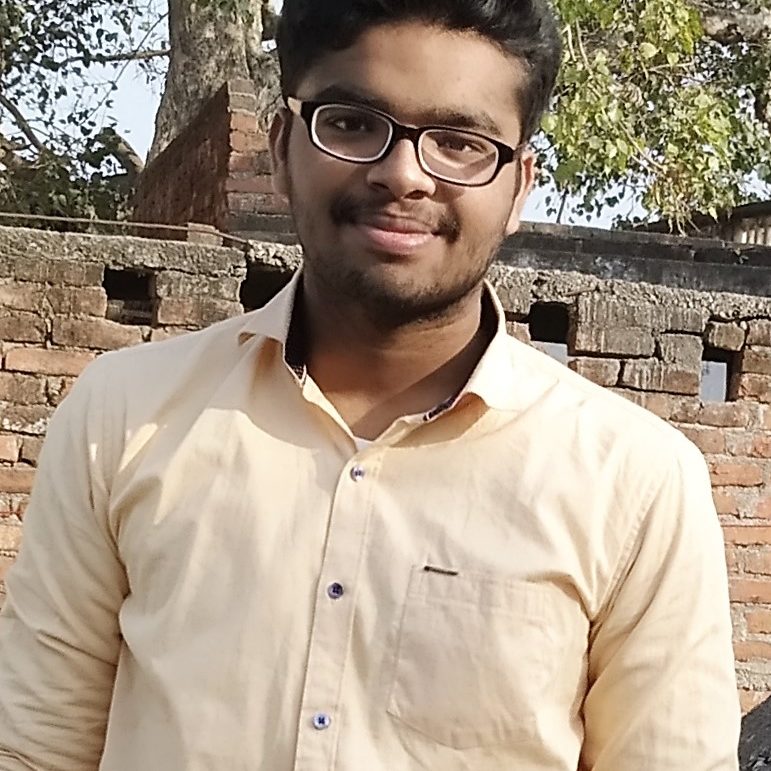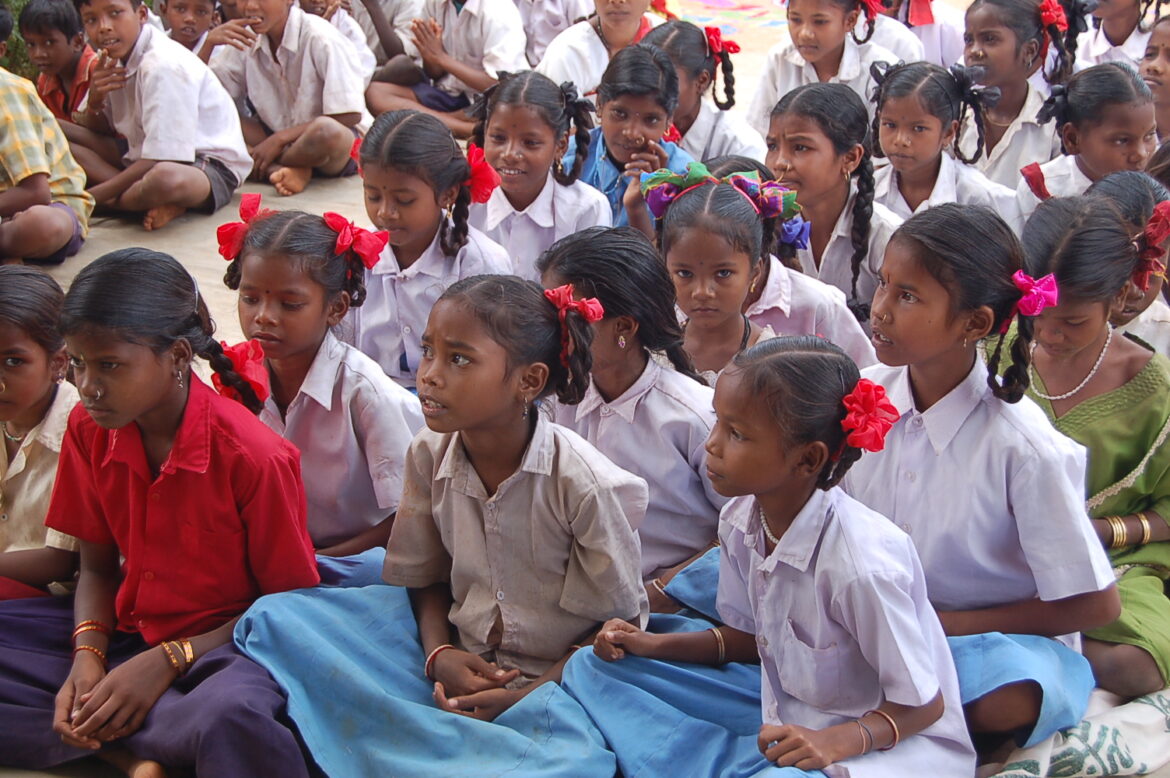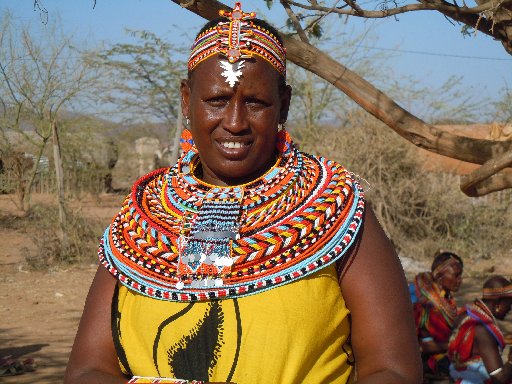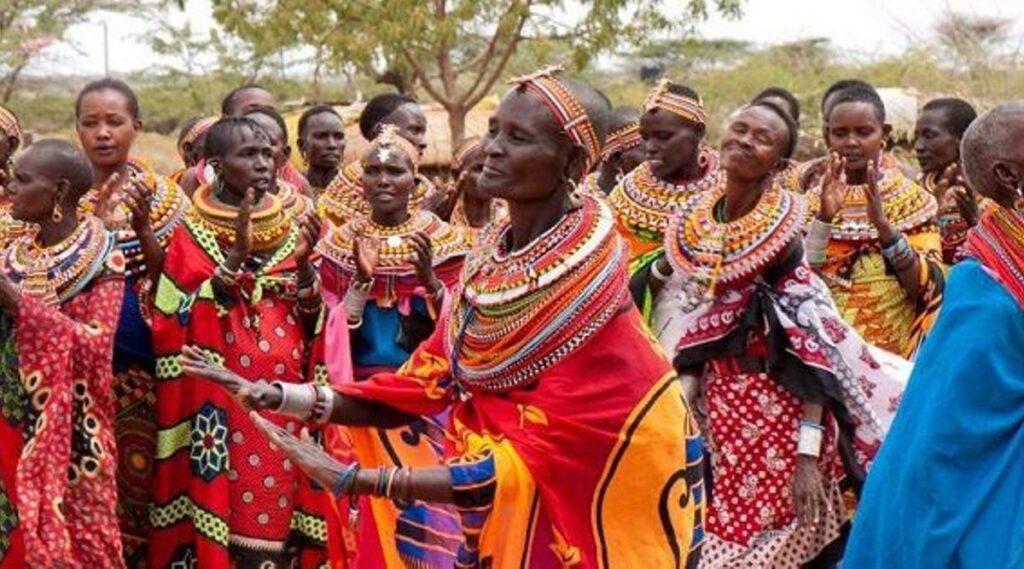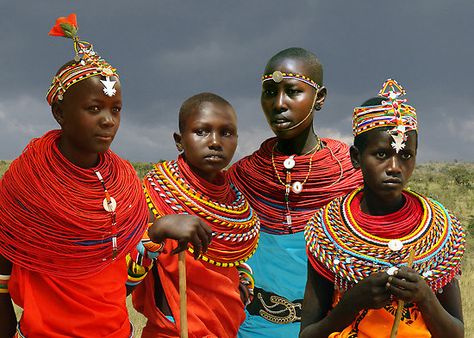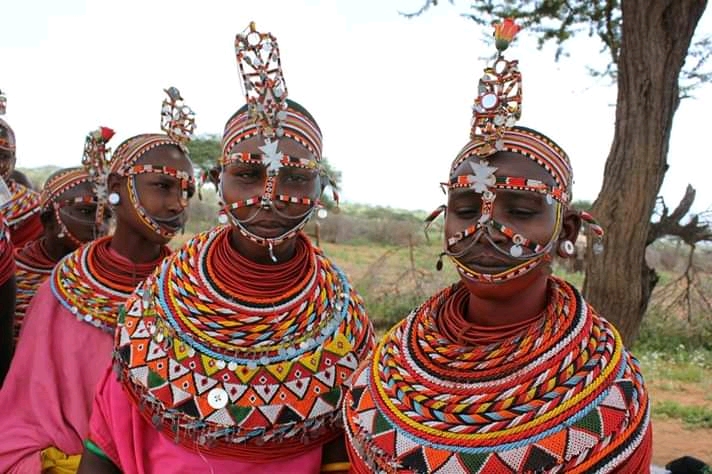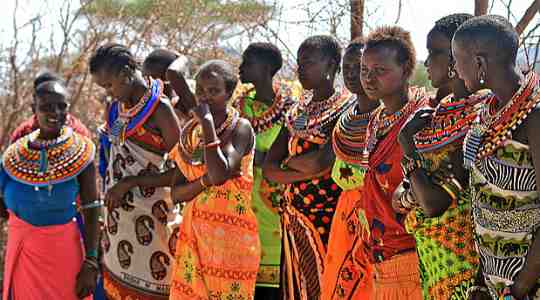– By ‘A Common Woman’
I had conceived, as a single unmarried girl in an act of love. I was with a person I had fallen in love with and it happened. In the moment, he decided he wanted to be a father, though we hadn’t discussed it before. Let me confine to my side of the story without getting into the details that will necessarily include elaborating on his view.
I wasn’t ready for this baby and yet when I realized I had conceived, a wave of motherhood came over me. Looking back, it is hard to tell if it was due to the collective conscience of all that I had heard about being a mother, my biological instincts taking over, or a sudden rush of emotions to have a family, I can confirm that I felt the strong urge to be a mother. I wasn’t sure about the man yet, or if I wanted to get married to him or get married at all. Yet I found myself in a mental space, where I wanted this baby more than anything.
We met the gynae, who confirmed the pregnancy and the health of the foetus. I broke the news to my friends and got a mixed response. While some were willing to understand and go with my decision, others thought it was a downright stupid idea. “A child needs both parents”, said one. “You need to be sure of your relationship before you can think of a baby”, said another. “You need to be on a better economic footing before you can bring a baby into the world,” said the third. Before I could break the news to my parents, they found out. As if the news of my being in love with a Muslim man wasn’t enough, my news of pregnancy really broke them. How dare I do this? Sleep with a man, have a baby, and actually think of becoming a mother, without being married. In all of this, the story unfolded nothing short of a Bollywood film. With my parents in tears, my friends all anxious and me trying to reach a decision, it was an intense debate between logic and love.
Till this point in my life, I had always believed that I was a free educated woman who could make my own decisions. Suddenly I was no longer sure. My friends clearly thought I wasn’t in the right mental framework to decide. My parents thought I was ruining my life, my career. I had no one supporting me. In all of this, where did the wishes of my partner fit in, who really wanted this baby? As a man, how much of a say did he have? Was this a case of love-jihad, as some of my friends still want me to believe? I said – “Look at Kalki (Koechlin). Isn’t she having a baby too? She is not married.” “She belongs to a different society. It doesn’t work the same way in the society we live in. What will people say? All your education for what – for this?” came the reply. “How about Neena Gupta’s advice not to be an unmarried mother – have you read that one?”, asked another friend.
My partner left the final choice to me, not without first insisting that I think clearly about my decision and the reasons for it. I read the Islamic view on the subject, and also the Hindu view on it. While the former says that abortion is a crime, the latter has multiple views on when the soul really enters a foetus and when it was okay and when it was not, to abort.
I thought some more and visited my gynae determined to abort. I was 5 weeks into it.
Sitting across the gynae, one of the best in Delhi, my partner and I broke into tears. We just felt too attached to the baby to let go. My gynae said – “In my practice of 30 years, I have seen several men, but I have never seen one crying for a baby. You should rethink.”
We came home and decided to ponder for another week before taking a call. Before I could, my parents came over to my place. So did my friends. They all sat me down, some shouted, others explained – but they all had a consensus – I should take the pill and abort the child. To be or not to be a mother – I had to decide.
The law in India is clear. The woman can decide to abort up to 24 weeks. Till about 6-7 weeks, it’s usually possible to abort using a pill without undergoing any operation. My clock was ticking.
I aborted. It’s hard to say if there was a singular factor that made me decide. I reasoned that I wasn’t ready for the baby. I also couldn’t see my parents cry and thought that I couldn’t bring my baby into this world, giving so much pain to my parents.
It’s been more than six months. I never doubted the intention of my parents or friends. Yet I couldn’t resolve the conundrum. I have thought and dreamt of the baby several times. I have cried for nights. I have wondered – the woman has the womb but does she really have to be a mother to be a woman? What about all the women who decide not to be a mother? Does a woman who wants to be a mother have the freedom to decide- when, where, and with whom? Is the feeling of wanting to be a mother enough – or does a woman need economic freedom, family support, and societal acceptance before becoming one? I am educated, and free to make my choices, yet I found it so difficult to navigate these issues, through the lens of liberalism. Was there another framework – the Quranic framework for instance – which says that no woman conceives or gives birth to a child except by the will of Allah? Did I hurt God himself/herself by aborting the child or did I just make a decision that made sense to me in those few moments?
How about several women in rural areas who have no say in the matter? What if a woman has several kids and does not want another one? How about a woman who has three kids but wants a fourth? What happens when the partners disagree?
To be a mother is not easy, but then not to be a mother isn’t easy either. How do we think about these issues, individually and collectively, while depoliticizing the womb? I am not a mother of a human child yet, except for a lovely dog (a golden retriever who is three and a half years old). Yet in all my 35 years, I have never felt as strongly as I did in those few weeks. I am now able to write about this, simply because I want us to have this dialogue. For people to make informed choices about their bodies, it is time we talk.
But unless we challenge this basic framework and establish that personal is political, how will stories such as these ever find space and be accepted as normal discourse? Does having this experience render one unfit for a public office? People have to decide. If one is going to live a life of honesty, then principles above power have to be the motto.
As to my journey about motherhood, something tells me, it is not a dead end yet.


